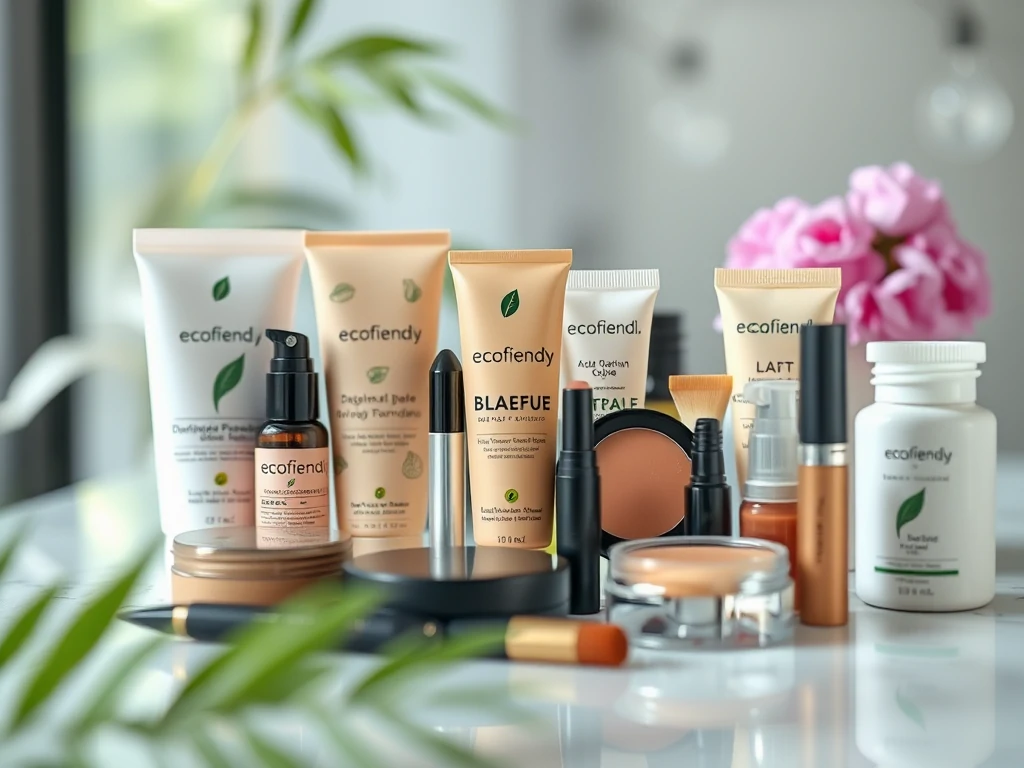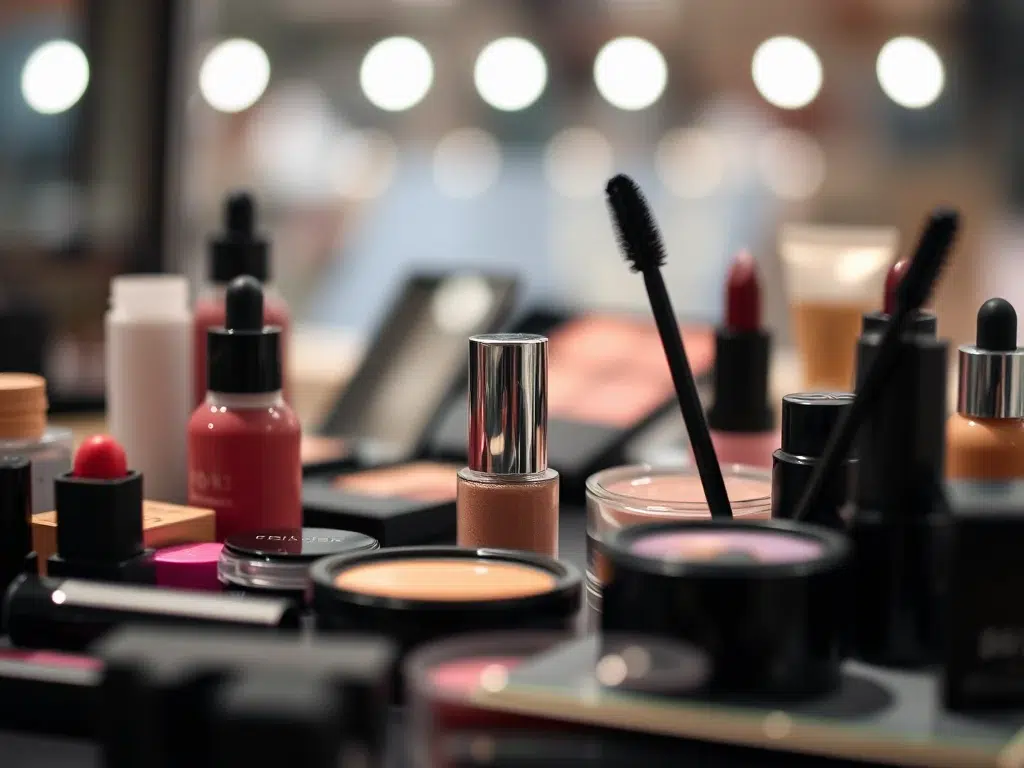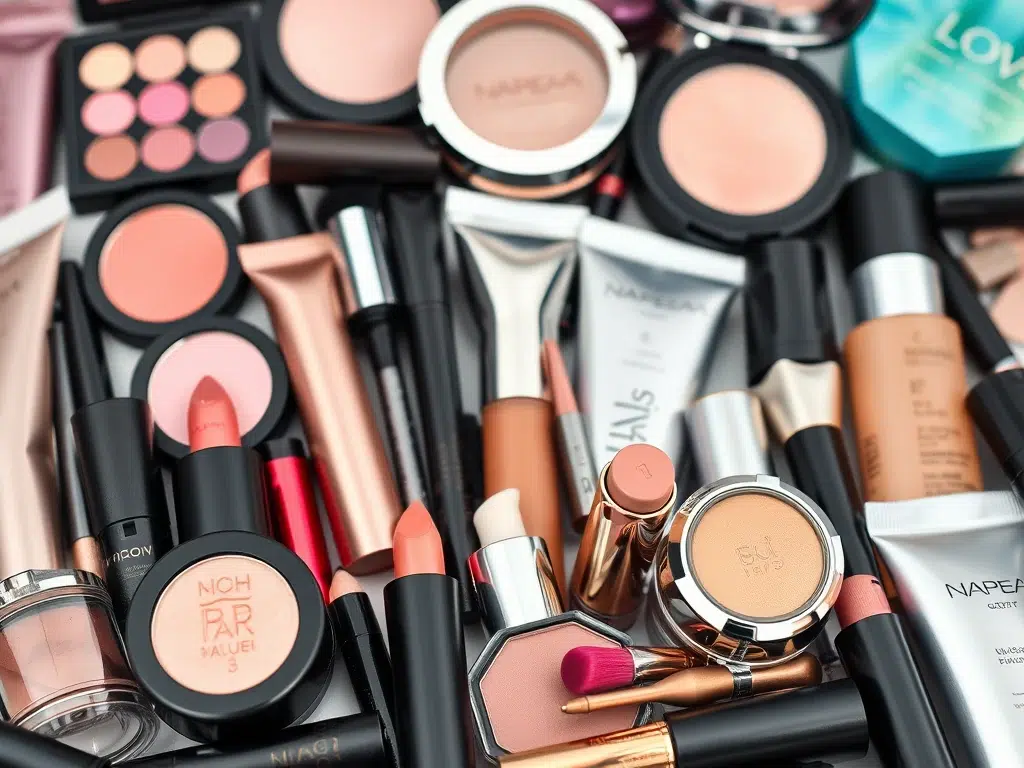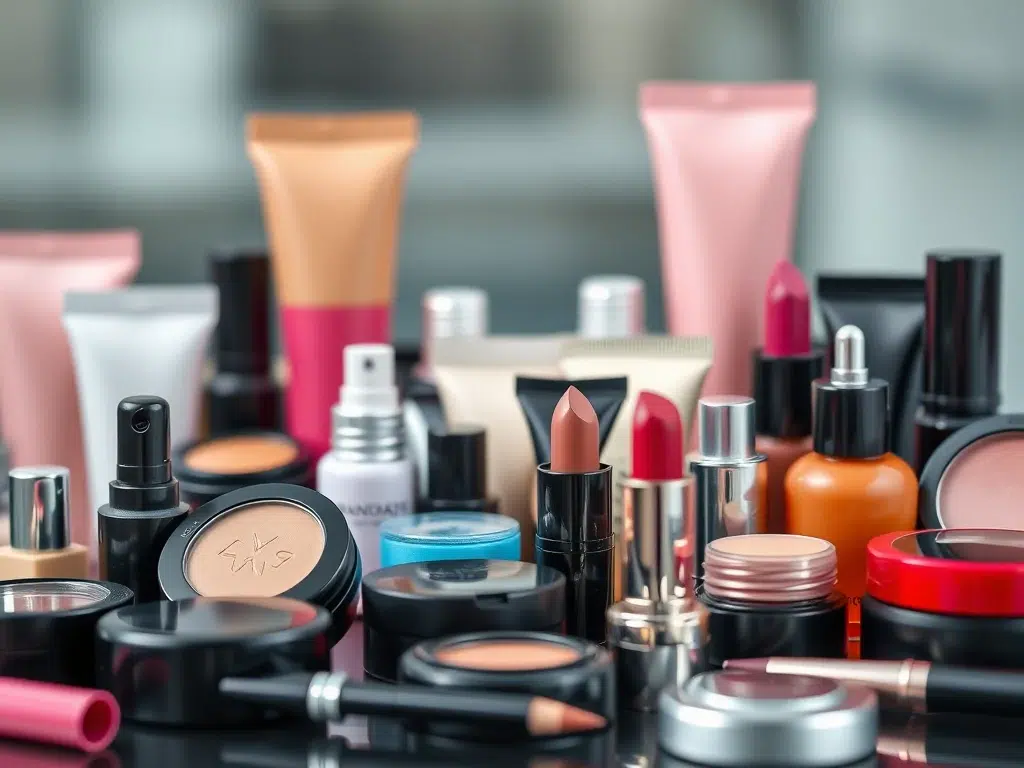Launching your own private label cosmetics line can be an exciting and rewarding venture. With the beauty industry continuously growing, there’s ample opportunity for aspiring entrepreneurs. Here’s a step-by-step guide to help you navigate the process.
Step 1: Conduct Market Research
Before diving into product development, it’s crucial to understand the market.
- Identify Your Target Audience: Determine who your ideal customers are. Consider demographics, preferences, and buying habits.
- Analyze Competitors: Research existing brands in your niche. What products do they offer? What are their strengths and weaknesses? This insight can help you identify gaps in the market.
Step 2: Define Your Brand
Your brand identity will play a significant role in your success.
- Create a Unique Brand Name: Choose a name that resonates with your target audience and reflects your brand’s values.
- Develop a Brand Story: Share the inspiration behind your brand. A compelling story can create an emotional connection with customers.
- Design Your Logo and Packaging: Invest in professional design services to create an eye-catching logo and packaging that reflects your brand identity.
Step 3: Choose Your Product Line
Decide which products you want to offer.
- Select Product Types: Consider various categories such as skincare, makeup, or hair care. Start with a few core products before expanding.
- Formulation: Collaborate with a cosmetic chemist if you want custom formulations. Alternatively, choose from pre-existing formulations offered by manufacturers.
Step 4: Find a Private Label Manufacturer
Selecting the right manufacturer is crucial for quality and reliability.
- Research Manufacturers: Look for manufacturers that specialize in cosmetics and have a good reputation.
- Request Samples: Evaluate product quality by requesting samples before making a decision.
- Discuss Customization Options: Ensure the manufacturer can accommodate your specific needs regarding formulations, packaging, and labeling.
Step 5: Develop Your Products
Once you have a manufacturer, it’s time to develop your products.
- Finalize Formulations: Work closely with your manufacturer to finalize product formulations.
- Packaging and Labeling: Design labels that comply with regulatory requirements, including ingredient lists and usage instructions.
- Test Your Products: Conduct testing for safety and efficacy to ensure your products meet industry standards.
Step 6: Create a Business Plan
A solid business plan will guide your operations and strategy.
- Outline Your Goals: Define short-term and long-term objectives for your brand.
- Budgeting: Estimate startup costs, including manufacturing, branding, marketing, and distribution.
- Marketing Strategy: Develop a marketing plan to promote your products across various channels, including social media, influencers, and online advertising.
Step 7: Establish an Online Presence
In today’s digital world, having an online presence is essential.
- Create a Website: Design an attractive, user-friendly website to showcase your products and brand story.
- E-commerce Setup: Implement e-commerce functionality to allow customers to purchase directly from your site.
- Social Media: Establish profiles on popular social media platforms to engage with your audience and promote your products.
Step 8: Launch Your Brand
With everything in place, it’s time to launch!
- Plan a Launch Event: Consider hosting a virtual or in-person launch event to generate buzz.
- Promote Your Products: Utilize email marketing, social media, and influencer partnerships to spread the word about your launch.
- Collect Feedback: Encourage customers to share their experiences and reviews, which can help you refine future products.
Step 9: Monitor and Adapt
After launching, continuously monitor your brand’s performance.
- Track Sales and Customer Feedback: Analyze sales data and customer reviews to identify trends and areas for improvement.
- Adjust Your Strategy: Be prepared to adapt your marketing and product offerings based on customer needs and market changes.
Conclusion
Starting your own private label cosmetics line requires careful planning, research, and execution. By following these steps, you can lay a solid foundation for your brand and navigate the beauty industry successfully. Embrace your creativity, stay dedicated, and watch your vision come to life!






